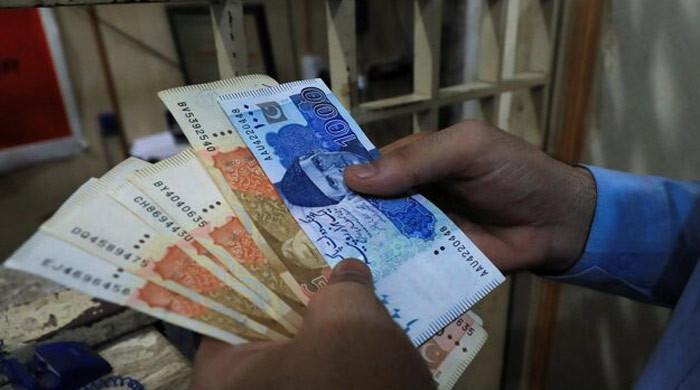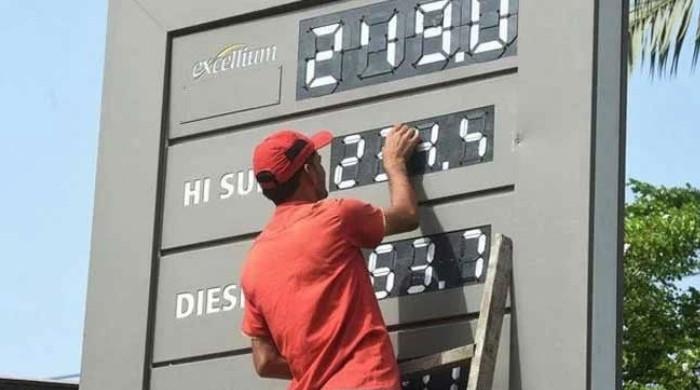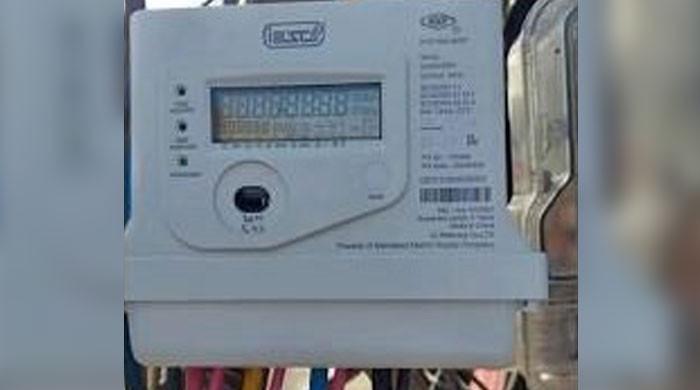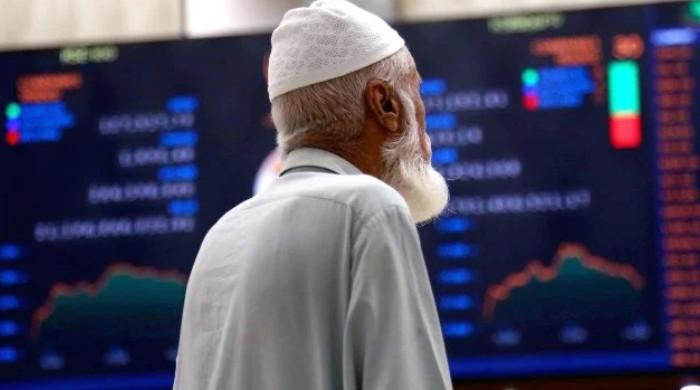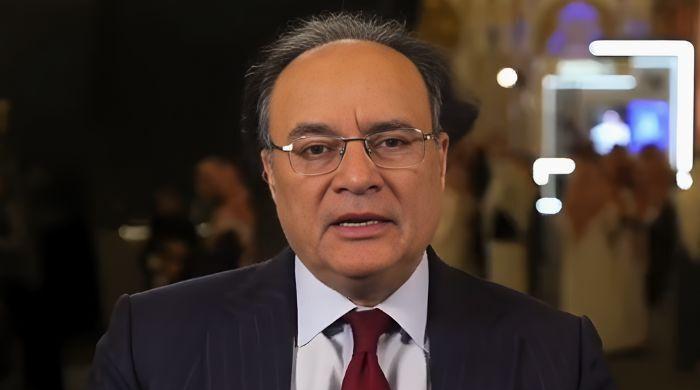Chinese power plants using inferior coal: Nepra
Plants pledged to utilise coal with 6000 CVs but were importing coal with CVs ranging from 4500-5500
September 22, 2023
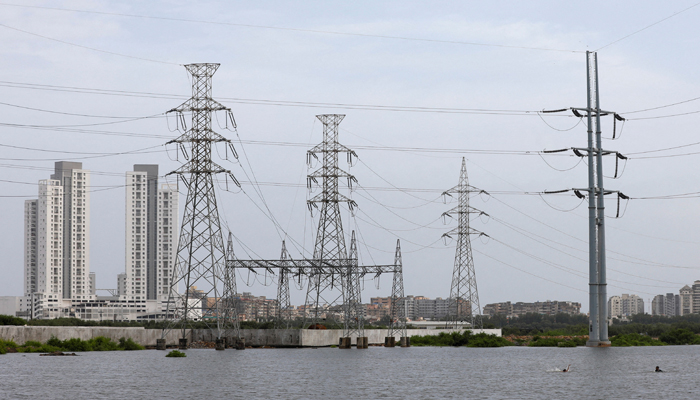
- Coal power plants pledged to utilise coal with 6000 CVs.
- But they're importing coal with CVs ranging from 4500-5500.
- Not a single imported consignment meets required standards.
ISLAMABAD: The National Electric Power Regulatory Authority (Nepra) has exposed Chinese coal-fired power plants for using lower-quality imported coal, despite their pledge to use coal with a calorific value of 6,000 (CVs).
Not a single imported consignment meets the required standards and still they claim multi-billion rupees of capacity payments that are being collected from the public.
This revelation came to light during a public hearing conducted by Nepra on Thursday to review the existing mechanism, last revised in 2016.
The mechanism is based on a fixed benchmark weightage of different coal origins and heat values, originally approved by Nepra in June 2014 as part of the determination of coal upfront tariffs.
Nepra Chairman Waseem Mukhtar headed the proceedings while the authority’s members — including Mathar Niaz Rana (member Balochistan), Maqsood Anwar Khan (KP), Amina Ahmed (Punjab), and Rafique Ahmad Shaikh (Sindh) — were in presence.
It is important to mention that the coal-based current derated installed capacity is 6,777MW (foreign-funded on imported coal), with an outstanding capacity payment of a substantial Rs643 billion.
While citing documents, a Nepra member said: “Your documents say that you imported lower quality coal against what was promised in the agreements.”
Notably, the Sahiwal Coal Power Project, now known as Huaneng Shandong Ruyi (Pakistan) Energy (Limited), disclosed that it had imported multi-thousand tons of coal in July 2022 when prices were high, at a rate of Rs70,000 per ton ($380).
In response, a Nepra member remarked: “You claim capacity payment, but you don’t use costly coal.”
The disclosure unveiled that these coal-based power plants had pledged to utilise coal with a calorific value of 6000 (CVs) but had been importing coal with CVs ranging from 4500 to 5500.
Consequently, they were employing substandard coal while billing customers for the price of higher-quality coal.
A member said, “The price should be of off-specification coal, but they were demanding the rate for 6000 CVs,” suggesting that the price should be reduced due to the quality of coal in use.”
It was noted that they were granted various discounts based on CVs, sulfur, and moisture, but they were unwilling to extend discounts to power consumers.
Pakistan had been facing issues with the exchange rate and opening of Letter of Credits (LCs) for coal import.
In response, the Power Division official said that a few Chinese banks were ready to open LCs in Chinese Yuan [RMB], and coal-based independent power plants (IPPs), and these plants can also consider and should import coal in RMB.
They also said: “Never-ending Pak-Afghan border issues are also affecting us.”
Since they also import coal from Afghanistan, the closure of the border also cost them. Normally it takes 7 to 10 days to reach Pakistani plants.
They said that the demand for Australian coal is high, and it was supplied to a few countries like Japan and Vietnam. Since no discounts are available on Australian coal, while freight charges are high due to long distances, we don’t go for it.
Representatives of the coal-based IPPs argued that they had long-term contracts with coal suppliers and therefore negotiated prices accordingly.
However, they complained to Nepra about the application of differentials in calculating FCAs (Fuel Cost Adjustments) without revising the mechanism.
Given the specialised nature of the power sector, particularly coal, they stressed the importance of handling it with expertise and care.
Several critical aspects were reviewed, including the justification for coal procurement through tendering and the rationale for procuring 10% to 20% of coal from the spot market. Technical considerations were also examined, such as the introduction of new indices based on the country of origin and calorific value, marine freight calculations based on time charter rates, and bunker fuel rates.
Nepra suggested increasing the share of importing coal from the spot market from 10% to 20%. It also advocated that coal should be imported through a bidding process to get a competitive price of coal from the local and international markets.
However, China Power Hub Generation Company (CPHGC), which developed a 1.32GW coal-fired thermal power plant in Hub, Balochistan under the China-Pakistan Economic Corridor (CPEC), rejected the suggestion to increase the share to 20%.
A CPHGC representative stated that under the Power Purchase Agreement (PPA), they were obligated to take up to 10 percent from the spot market and could not exceed this limit.
Regarding the API 4 differential, they raised concerns about sudden deductions without prior notice, affecting 44 ships. They questioned how they could change the contract through a Nepra notification.
The API 4 price assessment is the benchmark price reference for 6,000 kcal/kg coal exported from South Africa’s Richards Bay Coal Terminal and is used in physical and over-the-counter contracts.
They also sought the Nepra's permission to pay in Pakistani rupees, as the exchange rate issue has cost them over $8 million in loss.
They said that the spot market cannot fulfill the need for coal. About the tendering process of coal import, they said that they had long-term contracts with suppliers and therefore, there were a lot of issues.
Originally published in The News




